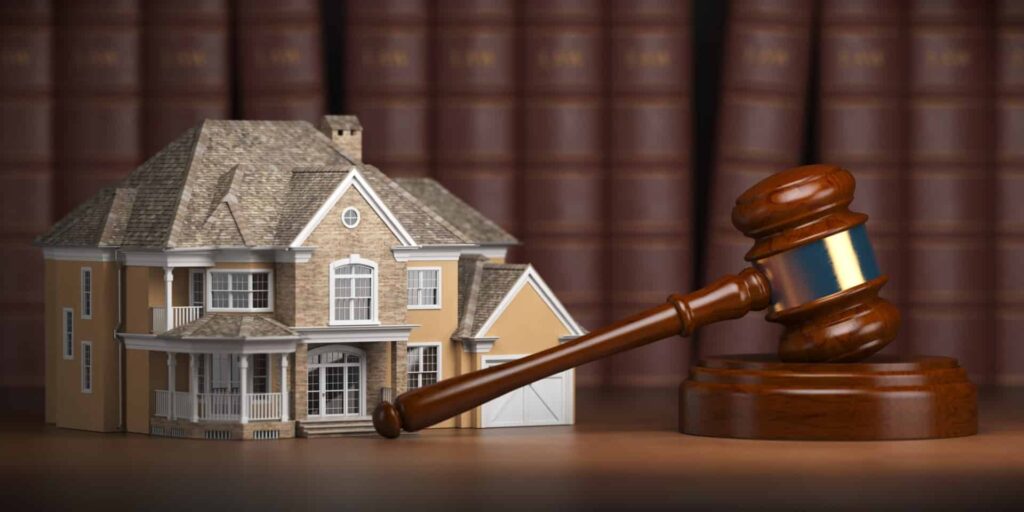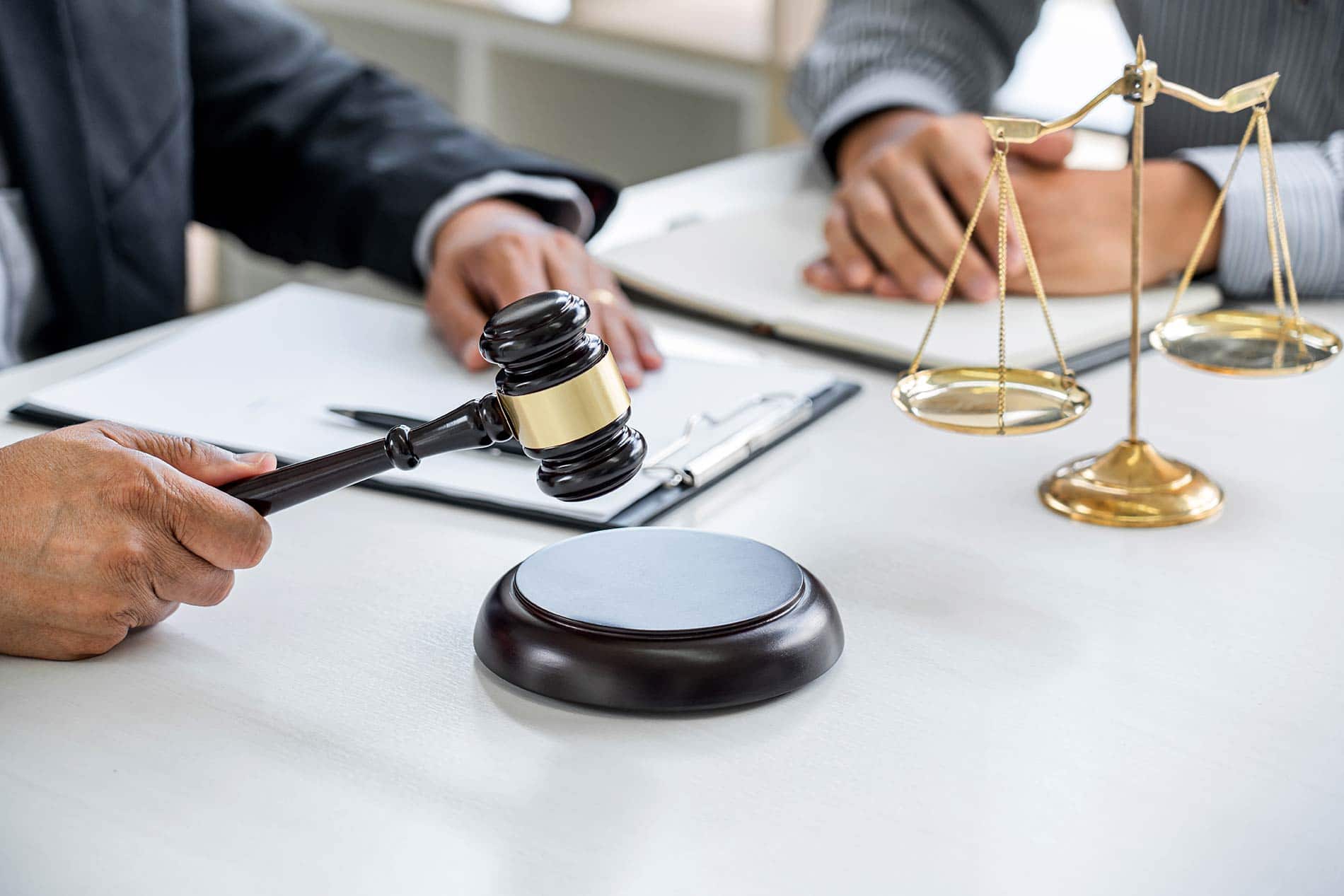Buying or selling a property has had different sorts of challenges over the years, and the laws around real estate needed specific terms to tackle particular problems. Whichever side of the pyramid you belong to, you will come across several terms you may otherwise not have known. One such term is Conveyancing. What exactly do we mean by Conveyancing, and how does it affect real estate? What types of Conveyancing do we have? who is a conveyancer, and what is their role in buying and selling real estate properties? Let’s attempt to tackle these questions one after the other.
What is Conveyancing?
Conveyancing is the legal term that covers a legal transfer of property from one person or party to another and the same can be study in detail at https://chamberlains.com.au/conveyancing/. This process requires a conveyancer and a conveyance document a legal transfer document. It could be leases, deeds, wills, contracts or title documents. Taking the conveyancing route ensures that both parties are protected during the deal, and no stone is left unturned.
In addition, Conveyancing ensures that the transfer of property is done legally with every appropriation document intact according to the state’s law. Meanwhile, it provides for the necessary actions against any breach of contract by either party. The conveyancing contract already spells out the obligations of both parties during the transaction. Some of the covered aspects include the property price, the date of sale and the terms of the property sale.

Different types of Conveyancing
The sales deed is the most common form of real estate conveyance since Conveyancing is more associated with buying a property. Meanwhile, the actual transfer of the property may require all the other documents to be in place. For instance, documents such as the certificate liens, land title, mortgage certificate and other transfer agreements on the property must be intact and duly certified.
At the same time, property conveyancing ensures that the conditions of the transfer, as stated in the documents, are met. In other words, the taxes, land and property charges have all been paid before the exchange rate when the seller hands over to the buyer completely. Otherwise, the buyer may have trouble paying more than was agreed.
See also: Step-by-Step Guide on Conveyancing during Home Purchase
In addition to the general application of the term conveyance, there are other real estate deeds and documents collectively known as the conveyance. For instance, exploration companies use the term conveyance to refer to the transfer of a piece of land in the oil and gas sector. It could also transfer car ownership from one party to another. But the primary classification of conveyancing deeds is as follows:
Grant deeds
This document is issued when the seller has confirmed that the property is entirely free of any lien and that the ownership is transferred to the buyer.
Quitclaim deed
This deed is issued when the property ownership has been transferred from the seller to the buyer with little or no buyer protection.
Reconveyance deed
The reconveyance deed comes up when the mortgage lender confirms that the homeowner has completed all the mortgage repayments on a property and now wholly owns the property outright.

Who handles the Conveyancing of properties?
A conveyancer is obliged to oversee these processes as a legal representation helping the buyer and the seller complete the transaction with all the issued legal deeds of transfer. A typical real estate transaction involves much money exchange, and it is crucial to avoid mistakes. There is also a risk that could make one susceptible to fraudsters. While a professional skilled in real estate procedures can complete the process, it takes the authority of the state to finalize the demands of Conveyancing. Visit https://www.sa.gov.au/topics/housing/selling-a-property-yourself if you are goind to sell property by yourself.
However, the role of a conveyancer could be played by a dedicated real estate expert or a registered solicitor. In that case, the person manages every relevant documentation and ensures that both the buyer and the seller are safe. Also, the two parties get copies of the signed contract afterwards. All these responsibilities are on the conveyancer’s table. Some of the essential documents include the following:
- Property deeds
- Mutation entries
- Survey plans
- Architecture certificates
- Occupancy certificates
- Asset transfer agreements
- Certificate of commencement
- Proof of registrations
- Drafted conveyancer deeds
Also, each of these documents contains some essential elements that validate them. For example, a contract of sale must show the properties’ full addresses, the involved parties’ full names, the cooling-off period, and the sale date. On the other hand, the land title certificate must show easements, heritage delays, caveats and renovations.

How much do I pay for Conveyancing?
The amount a client pays for Conveyancing depends on several factors, such as the home type, the house’s worth and what the service requires. For example, if you buy or sell a single-family home, you may pay an amount close to $1000. This charge ensures you get a smooth service according to the legal dictates of the state/region. Both parties can also get peace of mind while the conveyancer deals with every issue and brings the title transfer certificate.
Conveyancing for Sales transfer
We can always see the importance of Conveyancing if we consider the millions of yearly property transactions. The fundamental principles of Conveyancing also don’t change, but Conveyancing can differ from the perspective of selling and purchasing. If you are the buyer, it is simple what Conveyancing is for you. Consider the procedure below:
- Find the right property that satisfies you and make an offer to buy it
- Get a conveyancer that can represent you in the process of transferring properties when the offer has been accepted
- It is your conveyancer’s role to contact the seller’s legal representative and get the correct information about the property. In addition to the property details, the conveyancer also receives the contract pack for your signature
- The conveyancer also takes care of the surveys and searches that are associated with the property that affects major issues
- The last stage is for you to sign the contract of the conveyance agreement and other papers to complete the transfer.
As for the seller, the processes above are reversed when the seller receives all the actions of your conveyancer.
Conclusion
Finally, Conveyancing is how buyers and sellers can satisfy all the requirements of transferring a property. Conveyancing is not complicated if we have a professional representative who knows what to do and the contracts to sign. Another part of the transfer includes the complete payment of the mortgage costs, taxes and all the other relevant payments.











